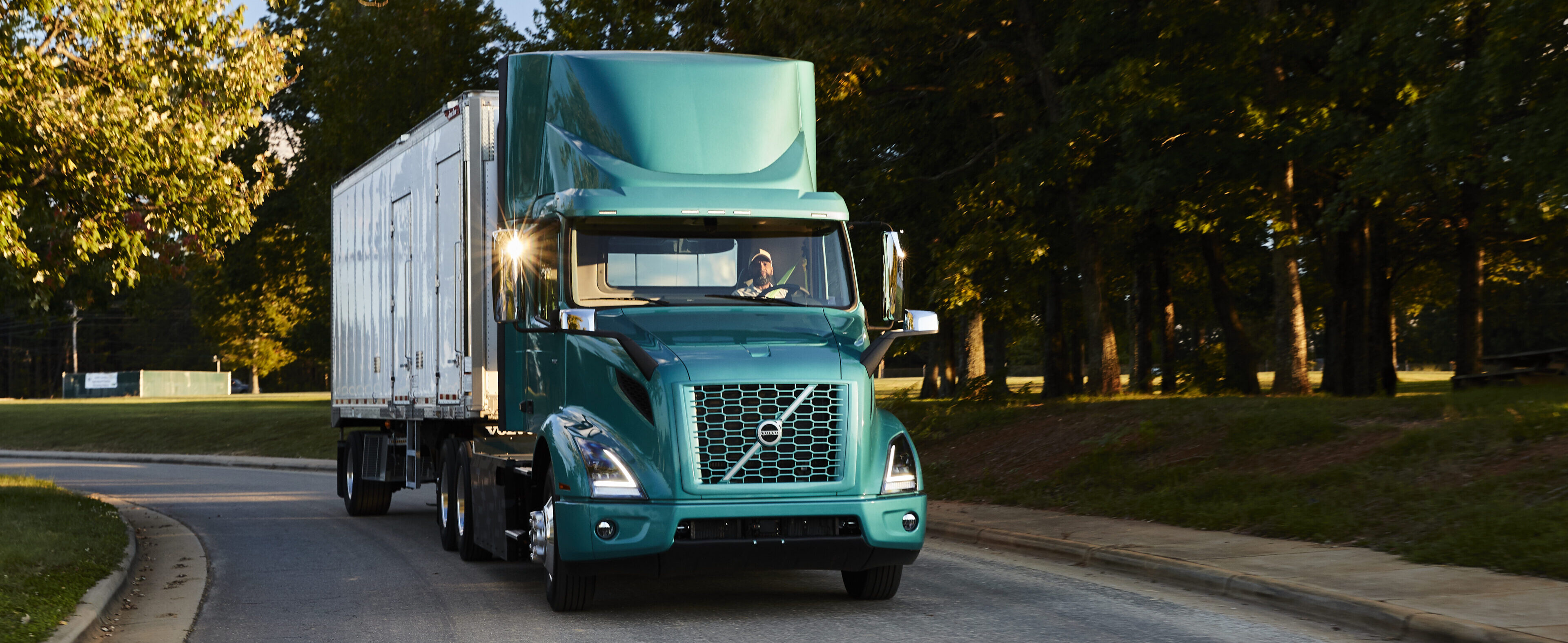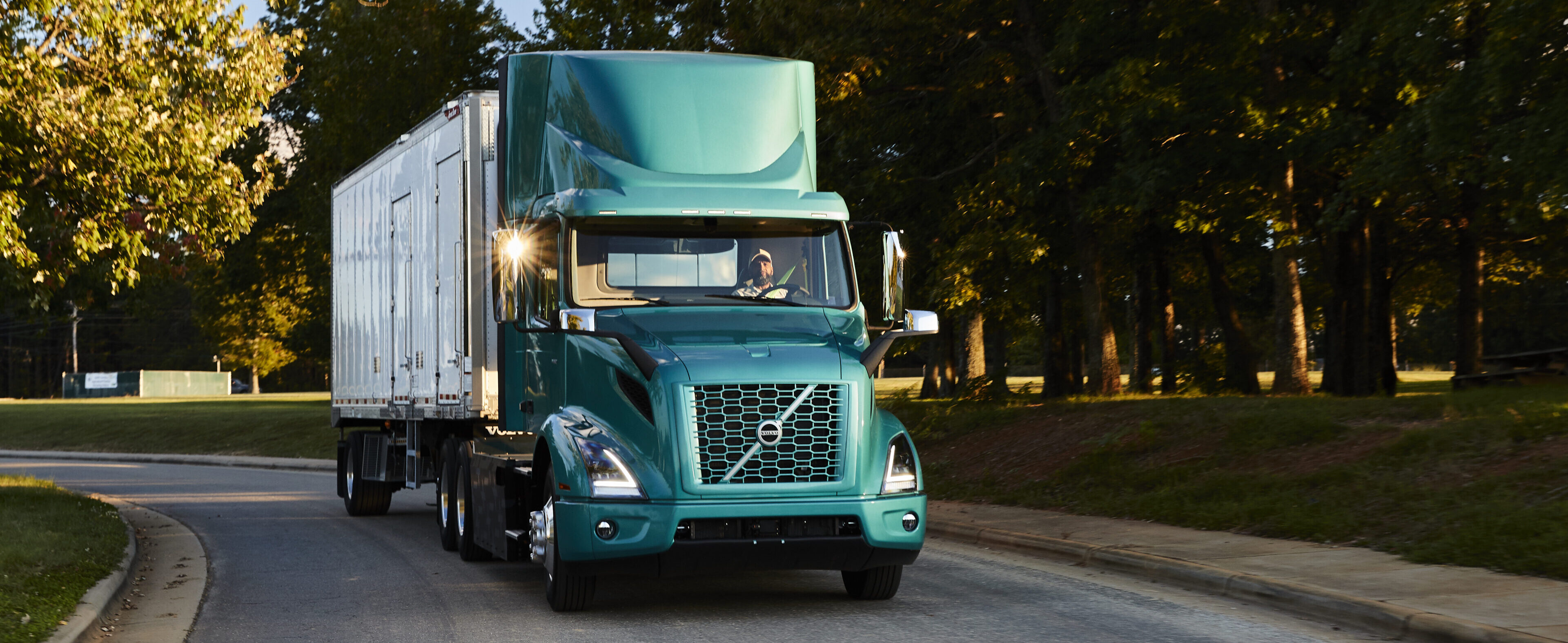TRUCKING COSTS
How Much Does Trucking Cost: Understanding the Basics

A solid foundation for running a trucking operation comes from knowing how various costs affect the bottom line and the desire to be competitive. These include many categories, such as fuel, maintenance, insurance, driver wages, etc. A detailed breakdown of these costs is also necessary to make responsible financial decisions and maintain your business over time. Companies can achieve cost savings, efficiency, and competitiveness by reviewing every expense.
What It Costs to Operate a Truck
Truck expenses can fall into other categories, and generally speaking, the most significant impact on your bottom line can be grouped into a few key categories.
Fuel is one of the most significant and most variable expenses. Fuel costs vary tremendously based on geography, type of vehicle, and fuel economy.
Maintenance and Repairs: To ensure trucks are operational, safe, and compliant with regulations, you must engage in regular vehicle maintenance and unexpected repairs.
Insurance: Liability, cargo, and physical damage coverage protect companies from devastating losses.
Driver Wages and Benefits—Personnel expenditures, including salaries, bonuses, medical insurance, retirement plans, and taxes, play a vital role in taxi expenses.
Licenses, Permits, and Taxes: Compliance with regulations, registration fees, road taxes, and other permits are fixed costs that will vary from region to region and from the type of freight transported.
How to optimally address each of these components can vary significantly by region, type of truck, route characteristics, and particular cargo requirements.
Fuel, Maintenance, and Insurance
Fuel, maintenance, and insurance usually make up the most significant operational costs of all the trucking expenses.
Fuel Expenses
Fuel prices are a significant factor in profitability. Increasing fuel prices directly impact truck shipping rates, so efficient fuel management is essential. That's still bad news for companies, but there are ways to cut fuel costs. Companies can leverage GPS software to optimize route planning for reduced mileage.
- Promoting fuel-efficient driving habits such as moderate speeds, smooth acceleration, and reduced idling.
- Investing in vehicles and technologies to improve fuel economy, such as aerodynamic improvements and low-resistance tires.
Maintenance Costs
Regular maintenance and timely repairs prevent costly breakdowns and prolong vehicle life. Overlooking preventive maintenance can skyrocket long-term costs. Here are practical recommendations:
- Routine checks are performed as per the manufacturer's recommendations.
- Submitting minor mechanical issues for early resolution before they reach a costlier stage.
- Maintaining detailed records to forecast future maintenance needs with precision.
Insurance Costs
Insurance can shield your business from devastating financial harm due to injuries or property damage to you or a third party. Choosing injury insurance that either doesn't provide sufficient protection or is too expensive can inflate your costs immensely. To optimize insurance costs:
- Make sure to compare insurance policies regularly to get the least cut!
- Make sure you are not paying for coverage you don't need , and consider putting higher deductibles for lower premiums in place as long as you have adequate protection.
- Implement safety programs and driver training to minimize claims and earn premium discounts.
Wages, Benefits and Taxes
Compensating drivers affects your trucking costs and determines your ability to hire and keep talented employees. A handful of factors drive driver costs:
Wages
Drivers can be hourly-paid, per mile, or have a salary. Either approach has its advantages and disadvantages:
- Hourly pay makes sense for short-haul routes or specialty deliveries.
- Per-mile pay incentivizes efficiency and is common in long-haul trucking.
- Salary budgets are fixed, allowing for predictable budgeting, but performance is not always incentivized.
Benefits
It is essential to serve drivers with competitive benefit packages. Typical benefits include:
- Health insurance
- 401(k) retirement savings plans
- Vacation pay and paid time off
- Incentives for performance, safety, or fuel efficiency
Taxes and Compliance: Employer taxes, such as payroll taxes, workplace compensation insurance, and contributions toward unemployment insurance, noticeably affect labor costs. Accurate record-keeping and compliance are paramount, or you risk incurring penalties.
This reduces driver turnover rates and lowers recruitment costs, resulting in a reliable workforce.
Management of Payroll
To lower your costs for truck drivers while maintaining high safety and quality standards, you need to plan and manage carefully. Here are some actionable steps to optimize these costs:
- Implement Incentive Programs: Click here to learn more.
- Timely Management Transparency: Electronic logging devices (ELDs) assure accurate hours tracking, reduce paperwork, and deter disputes or regulatory penalties.
- Payroll Automation: You streamline payroll computation with specialized software, decongesting administrative work and reducing the risk of errors. Automated payroll guarantees timely, precise payments and enhances conformity with tax laws.
Using these strategies, trucking companies can improve office operations, keep employees happy, and better manage costs.
World examples
Here's what we learn about trucking costs from real-world examples for a clear picture of expense distribution:
Example 1: Long-Distance Interstate Travel (1,000 miles)
- Fuel: $600 (averaged against expected fuel economy)
- Drivers paid: $400 ($0.40 per mile assumption)
- Maintenance allocation: $100
- Insurance and permits: $150
- Cost: Roughly $1,250
Sample 2: Short-Haul Local Delivery (100 miles)
- Fuel: $60
- Driver a rate of $40/hr for 3 hrs = $120
- Maintenance allocation: $20
- Insurance and permits: $30
- Total Cost: About $230
As shown during the presentation, expenses can vary widely depending on factors such as mileage, driver payment structures, types of routes, and cargo specifics. Firms can circumvent unanticipated financial pitfalls with careful planning and accurate cost analysis.
What you can do to get control of the Cost of Trucking
Good trucking management directly influences your business's effectiveness and economic presence . By optimizing the major expense categories—fuel, maintenance, insurance, driver pay, and compliance—companies can realize significant cost reductions and better financial health.
Implementing and utilizing strategic tools such as cost calculators on the web, fixed maintenance schedules, driver performance analysis, and payroll optimizations consistently helps businesses gain control over trucking costs. This allows companies to grow sustainably, be competitive, and reap most of their profits.
In-depth analysis and management of trucking costs is a significant long-term strategic move. Make accurate cost tracking systems the foundation, train drivers on fuel-efficient driving, and review your insurance and payroll strategies frequently—starting today. Incorporating these tools and resources will help you optimize your trucking operation to be profitable, competitive, and agile in the ever-changing transportation space.
14 DAYS MONEY BACK
No Overpaying
Free Setup








